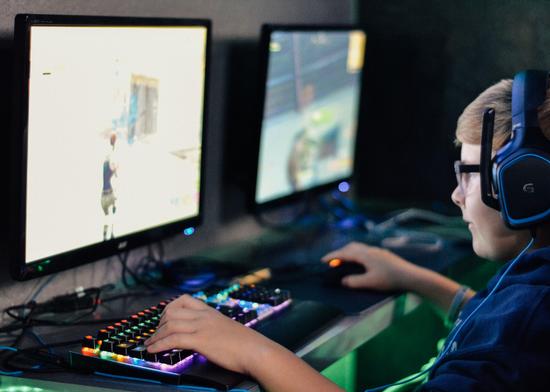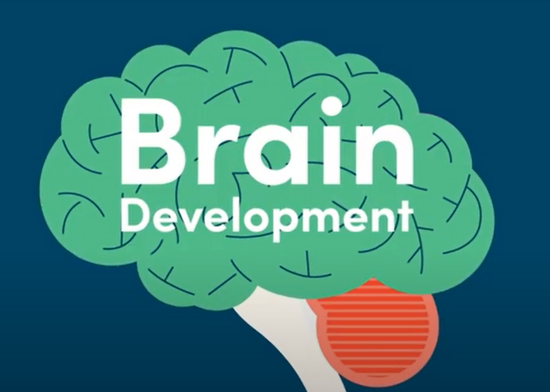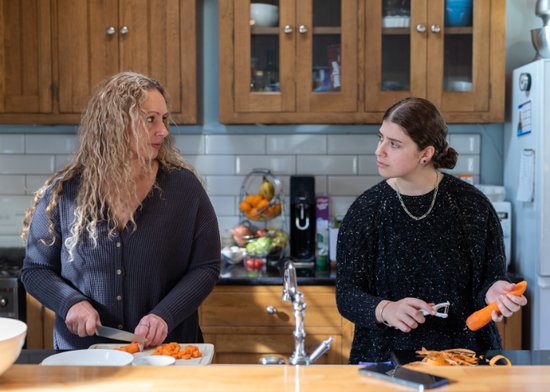Talking with young people about what they’re watching
Rangatahi and tamariki can access virtually any content on their devices – anywhere, any time.
As digital natives, they can and should make use of these opportunities for communication, education and entertainment.
But rangatahi and tamariki can also be negatively impacted by what they see.
You can’t control everything they see, but you can help them make good decisions about what they choose to watch and help them think critically about the content.
Download our guide for parents
This guide is for parents with teenagers at home. It has practical advice to help you:
- Share and talk about entertainment media with your teen.
- Encourage them to think critically about what they view.
- Talk about sensitive or complex issues
- Support your teen if they’re distressed by something they’ve watched.
Tips for safe media use
There are ways you can support a safer media environment at home for your rangatahi and tamariki:
- Encourage respectful media use. Talk to them about the importance of being aware of who is around them before they view something that might be scary or offensive to younger audiences.
- Respect age ratings. Look for the age rating and read warning notes for information about why something is age-restricted. Encourage your teen to do the same if watching with young tamariki.
- Check the online review. When you know more about the content you can take the opportunity to bring it up with your teen.
- Set boundaries. Try to communicate your position clearly. If you don’t want them to watch or play something or visit certain websites, be open about the reasons you feel that way.
Watch together and talk about the content
Young people’s views about the world and how they should behave can be informed by what they watch. Talking about what they see in movies, shows and games is a great way to help them think critically about the content.
- Ask your teen about a show they’re interested in, watch it with them, and talk about what’s happening on screen.
- Always take the opportunity to watch something together – even if it’s something you wouldn’t choose to watch yourself.
- If your teen doesn’t want to watch a particular show with you, that’s OK. There are all kinds of reasons for this, and we know young people often prefer watching things alone or with friends. Think about watching the show yourself and then talking to them about it.
How to start the conversation
The golden rule is to keep it casual. If you make it heavy, it’s harder. Ask questions like:
- Who are your favourite and least favourite characters? Why?
- Do you think the movie or show is realistic?
- Do you think the show reinforced stereotypes? How?
- If violence was shown: do you think there are better ways of handling conflict?
Show that you respect their point of view, even when you disagree.
Handle challenging content with care
The more you watch together and talk with your rangatahi and tamariki about what they are watching, the more comfortable they’ll be talking about sensitive, challenging or distressing content.
Watching together provides great opportunities to talk about sensitive topics including drug and alcohol use, suicide, bullying, sexual violence and pornography.
Be prepared to talk about things like:
- How sex and relationships are depicted in media.
- Respectful relationships and consent.
If your teen has a strong reaction to something they’ve seen on screen it’s important to ask them what made them feel that way, and help them talk about the emotions they are feeling.
You don’t need to know all the answers. The important thing is that you’re available for open discussion. If they need someone else to talk to, encourage them to talk to an older sibling, a teacher, a counsellor, or another trusted adult.
Check your own emotions and keep calm
- Never get angry or take their device away if they come to you with concerns or worries, as they may feel like they are being punished for talking to you.
- Always take it seriously if your teen is upset by something they’ve seen. Even when the content is fictional – the impact can be real.
- Young people can’t always control what they see – but they can learn to manage how they respond to distressing content.
Parents often come to us asking about how they should approach difficult conversations with their young ones. Below is a series of videos with useful tips to help you kōrero tahi (talk together) with your children about the content they are watching.
Concrete vs abstract thinkers
Here's a tip on the differences between concrete and abstract thinkers.
Thinking critically
We think it's good to teach young people how to think critically. Here's why that's important.
Flipping your lid
Do we remember what it's like to be a teenager? Here's why teenagers can come across as OTT (over the top).
A handy guide to brain development
How do brains develop? Here's how teenagers' brains work, and why it's important for parents to step in from time to time
Suicide
Here's a tip on how to talk about suicide with young people.
Getting started is easy
Taking the first step in taking to young people can seem daunting, but getting started can be easy. Here's how.
Checking your emotions
It can be hard to leave your emotions at the door, but here's a tip on how to have conversations with young people without losing your cool.
Resources for parents and young people
Cyberbullying and other harmful online behaviour:
- Netsafe | 0508 638 723
Information about movies, TV shows and other media:
Helplines and information for parents, children and young people:
The Mental Health Foundation has a great list of services that offer support, information and help.
Was this helpful?
If you'd like to know more about this topic, get in touch. We're happy to help.



